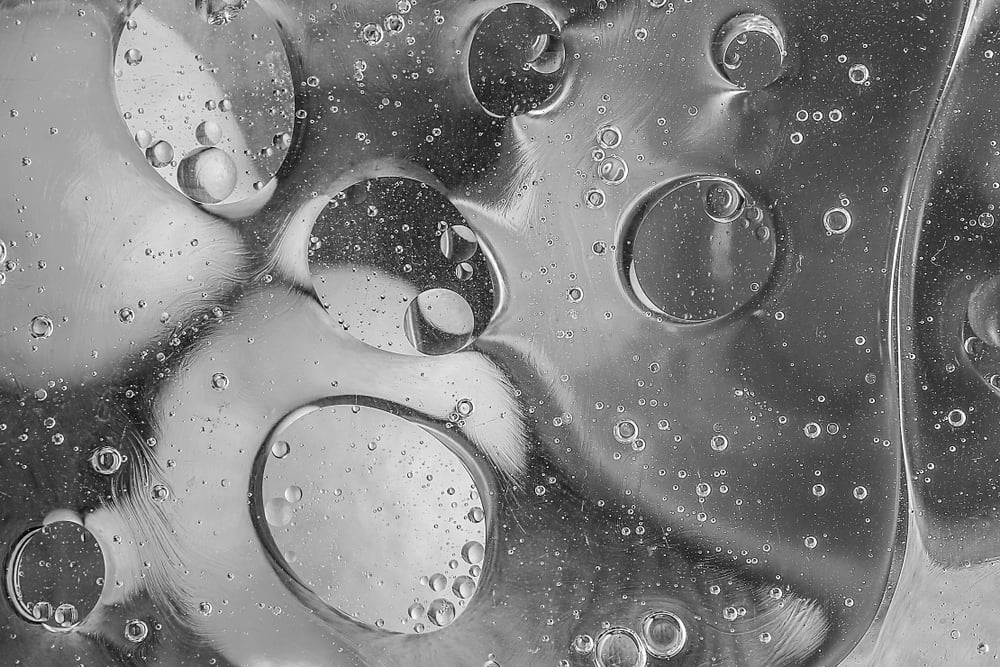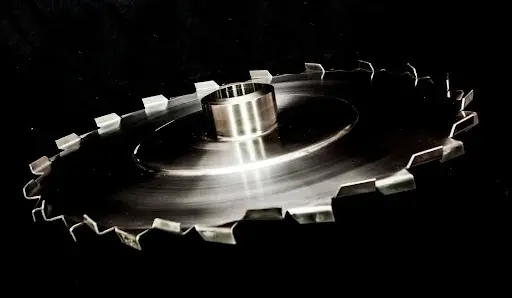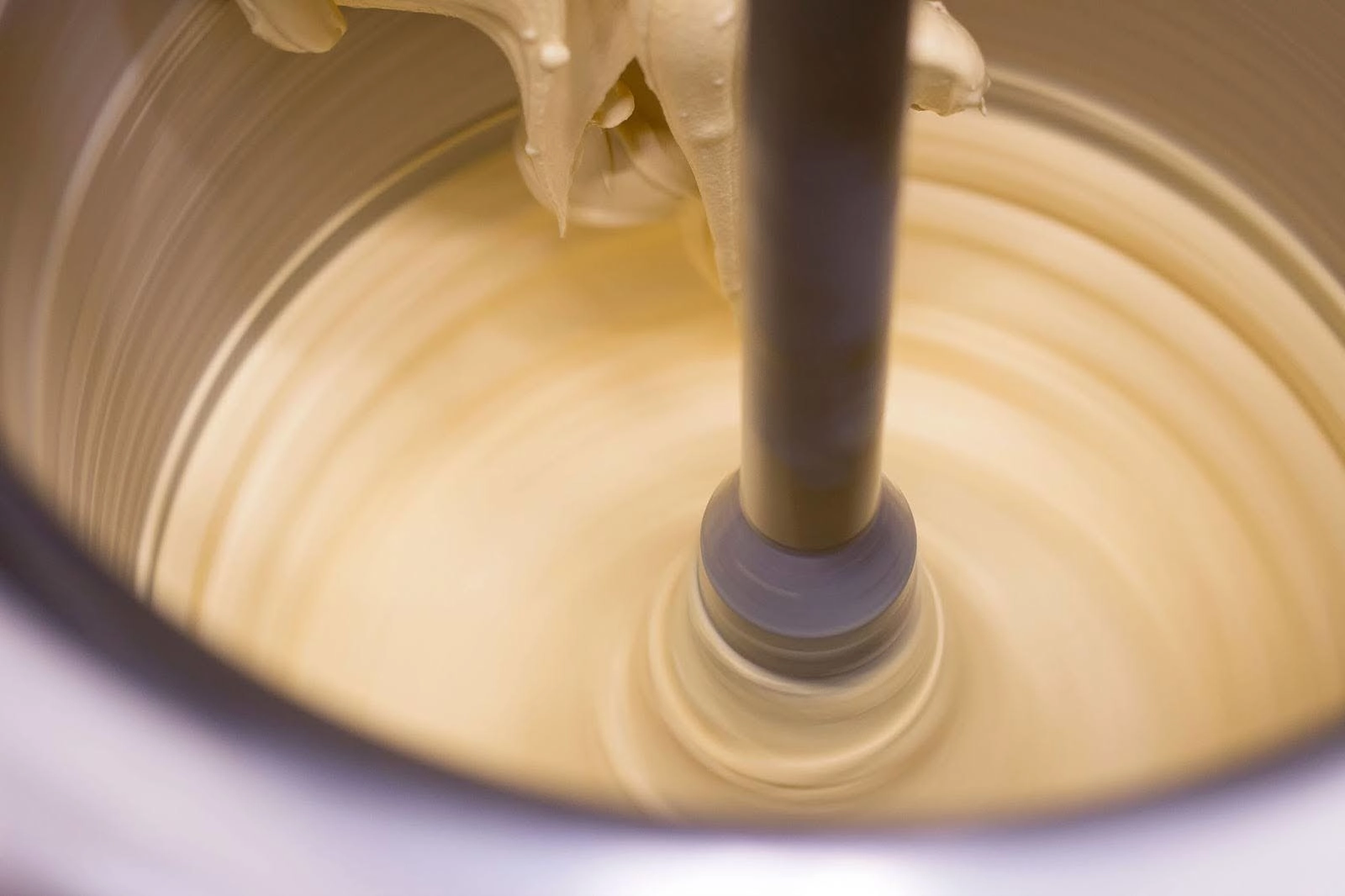High Speed Dispersers vs. Homogenizers: An Overview
Bothhigh speed dispersers and homogenizers are pivotal in various industries, including food and beverage, pharmaceuticals, cosmetics, and chemicals,...
4 min read
MXD Process Jul 1, 2024 1:39:38 PM
Behind the power and efficiency of high-speed dispersers lies a world of design options, each carefully chosen to optimize performance and deliver exceptional results. Understanding the nuances of high-speed disperser design can unlock a new level of appreciation for these powerful machines.
In this guide, we'll explore the key elements that shape the design of high-speed dispersers, including how they work together to achieve mixing mastery.
While the whirling blades of a high-speed disperser are undoubtedly eye-catching, there's much more to these machines than meets the eye. Let's look at the core components that contribute to their remarkable performance:
At the heart of every high-speed disperser lies a robust motor, the driving force behind the impeller's impressive rotational speed. This isn't your average kitchen blender motor; we're talking about industrial-grade machines capable of delivering thousands of RPMs. The motor's horsepower and torque are carefully matched to the impeller size and the viscosity of the materials being mixed, ensuring optimal performance and energy efficiency.
The shaft serves as the critical connection between the motor and the impeller, transmitting the rotational energy with precision and stability. It's more than just a rod; it's carefully engineered to withstand the immense forces generated during high-speed operation. The shaft's material, diameter, and length are all designed to ensure rigidity, minimize vibration, and prevent fatigue failure.
The impeller is the key component responsible for the high-speed disperser's mixing capabilities. This rotating blade, often with serrated edges or teeth, is designed to balance geometry, material, and speed. The number of blades, their angle, and the impeller's overall diameter all play a crucial role in generating the shear forces needed for effective mixing.
Think of the vessel as the stage where the mixing performance unfolds. The vessel optimizes the flow of materials and maximizes the effectiveness of the impeller. Its shape, size, and baffles (flow directors) all play a role in ensuring thorough mixing and preventing dead zones where unmixed material can hide.
A high-speed disperser's vibrations must be carefully controlled for optimal performance. The mounting system plays a crucial role in securely anchoring the disperser to the vessel or stand, ensuring stability during operation. This framework is designed to withstand the high speeds and forces involved, preventing any unwanted movement or damage to the equipment.
While the core components form the backbone of a high-speed disperser, several advanced design features can further enhance performance and versatility:
Temperature control: Controlling temperature is a crucial aspect of high-speed disperser design, especially in industries like polymer dispersion and food processing where precise temperature management is essential for achieving optimal results. High-speed dispersers with integrated heating or cooling elements provide the ability to maintain the ideal temperature throughout the mixing process. Temperature control features allow you to tailor the mixing environment to the specific requirements of your materials, ultimately enhancing the efficiency and effectiveness of the mixing process.
Selecting the right high-speed disperser design for your application requires careful consideration of several factors:
Understanding the size of your batches and the viscosity of your materials is crucial when selecting the right high-speed disperser design. These factors play a key role in determining the motor power and impeller design needed to achieve optimal mixing performance. By carefully considering the batch size and viscosity of your materials, you ensure your disperser is equipped to deliver efficient and effective mixing results tailored to your specific requirements.
Choosing materials that are resistant to corrosion, chemical reactions, and wear ensures that your disperser will uphold the highest standards of cleanliness and product integrity. By selecting the right materials, you can make sure your disperser will consistently deliver high-quality results without any risk of cross-contamination or compromised product purity.
Different impeller designs produce different types of mixing action, such as shearing, dispersing, or emulsifying, each tailored to meet specific mixing objectives.
The design of a high-speed disperser influences efficiency, product quality, and overall performance. Understanding the intricacies of this design empowers you to make informed decisions about selecting the right equipment for your specific needs. Whether you're seeking to optimize existing processes or explore new possibilities, a well-designed high-speed disperser can be a transformative tool in your production toolkit.
Reach out to one of the pros today to discuss the possibilities of high-speed dispersers, or visit our information blog to learn more.

Bothhigh speed dispersers and homogenizers are pivotal in various industries, including food and beverage, pharmaceuticals, cosmetics, and chemicals,...

Let's be honest: if you're in the industrial manufacturing game, you're not messing around with handheld mixers or those countertop blenders you see...

Across many industries, industrial mixers play an essential role. From the food and beverage industry to pharmaceuticals, cosmetics, and adhesives,...